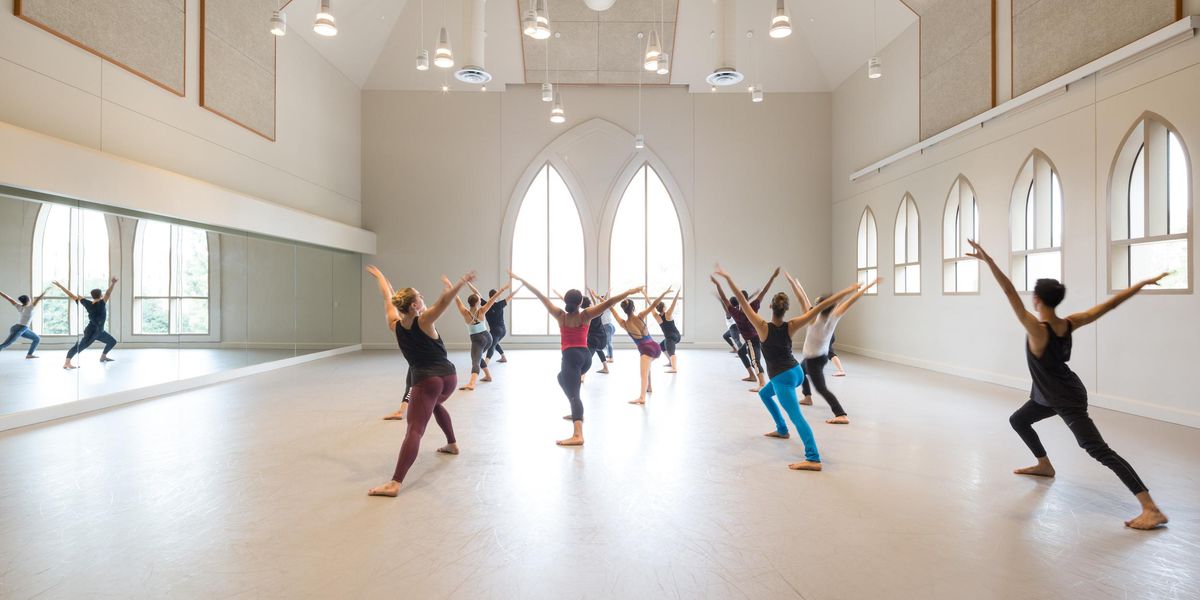Dancers as Activists
Gibney Dance Company empowers its members to create their own social-impact initiatives.
Nigel Campbell teaching at Move(NYC), his tuition-free summer program. PC Scott Shaw, Courtesy Gibney.
What if your full-time dance job required more than rehearsing and performing? What if it also asked you to create new ways to give back to your community? The six members of New York City–based Gibney Dance Company have been empowered to do exactly that, as artistic director Gina Gibney expands the troupe’s mission beyond its traditional performances and domestic violence outreach. Each member will now direct his or her own “advocacy fellowship,” with Gibney’s oversight. “I’ve seen so many young artists who want to make a difference but didn’t have the resources available to them to make it work,” says Gibney. “Being advocates for the field is now part of their job description.”
The dancers are being guided by Gibney’s staff, board members and outside partners at every stage, from planning to production. They started by drafting their own program designs, case statements, timelines and methods to evaluate success. While funding for this extension of the company—in particular the dancers’ salaries—comes from Gibney donors, the dancers are actively participating in the fundraising for their own projects. Programs range from an organization that helps dancers through tough career moments, like negotiating a contract or getting injured, to youth dance programs. Some have already tested their ideas through pilots: Nigel Campbell is one of the first company members to roll out his initiative. With co-founder Chanel DaSilva, he started Move(NYC), a tuition-free summer intensive for advanced dancers from New York City’s five boroughs. “We wanted to help dancers who have the drive to become professionals, but may not have the means to do so competitively,” says Campbell. Under their program this summer, 30 students, ages 13 to 18, studied under dancers from Batsheva, Kidd Pivot and
Hamilton, among others.
Campbell is happy to have a job that doesn’t just emphasize giving back to the community, but provides him with the resources he needs to achieve it. These outreach projects are part of the dancers’ new 52-week contract (up from about 36), which includes a paid, one-month sabbatical in August, given so that the dancers can study elsewhere or take on other creative projects. “It means I can focus on helping my community as well as my art,” says Campbell. “I don’t have to run to bartend or babysit. I know that a paycheck is coming every two weeks. I don’t have to worry about that—I can commit my time, energy and focus to where it really matters.”
Though Gibney is realistic about the tough economic challenges dance companies face, she hopes that other groups will someday be able to take on this model. “Dancers have such an incredible ability to bring people together. To give people a better understanding of their world,” she says. “If there could be more platforms for artists to realize their ideas, that’s my humble goal.”




